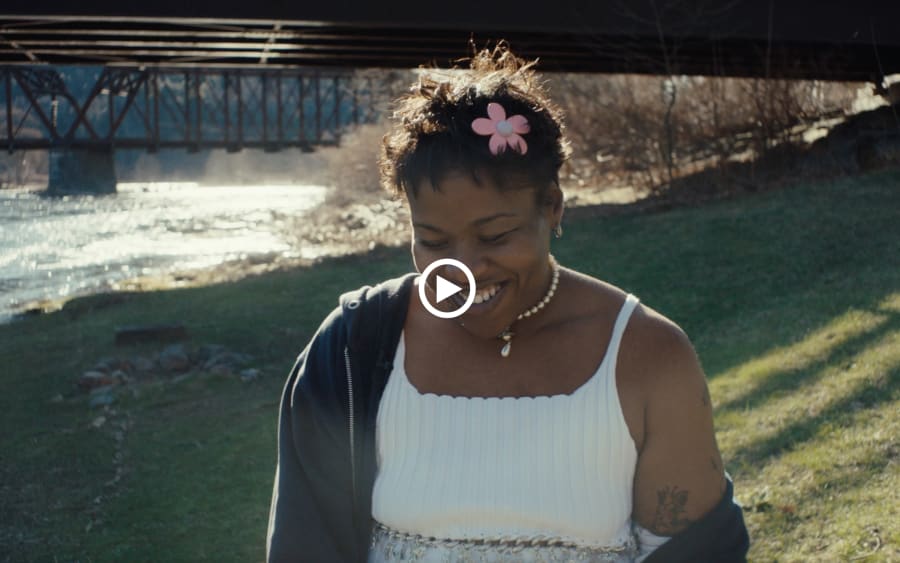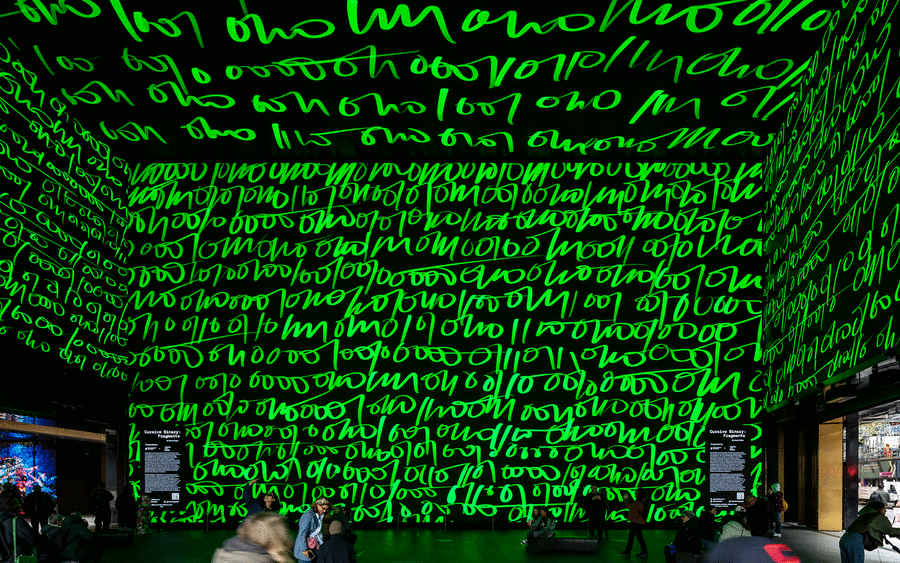Production
Director and editor: Matteo Lonardi
Production: CorneliaLine Producer: Thomas Duchene
Director of Photography: Fyras Slaiman
Focus puller: Lola Loubet
Gaffer: Silvain Gabayet
Sound Recordist: Maxime Graftiaux
Production Assistant: Réouven Rebot
Post Production: The Blink Fish
Post Production Producer: Virginia Folonari
Editor: Jan Devetak
Sound Designer: Luca Fornasier
Color: Luca Moro
Music: Pall Kanyion by Earthmover
Kid Kodi by Skittle
Lardah by Vik Fence
Nowness
Creative Director: Bunny Kinney
Managing Director: Gavin Humphries
Commissioning Director: Katie Metcalfe
Producer: Noor Miah
Junior Video Editor: Daniel Tsao
Art Basel
Executive Editor: Coline Milliard
Senior Editor: Alicia Reuter
Video Commissioner: Jeanne-Salomé Rochat
Editor France: Patrick Steffen
Creative Producer: Akiel Gallina
Studio Philippe Parreno
Studio Director: Marie Auvity
Studio assistant: Emilien Abibou
Archivist: Julie Pellegrin
Publicist: Gillian McVey
Art Basel’s ‘Meet the artists’ series presents contemporary creatives shaping today’s cultural landscape.
Philippe Parreno never ceases to redefine the art of exhibition-making. Using film, performance, sculpture, and installation, the French artist orchestrates time and space to create environments where the exhibition itself is the artwork. In this installment of our 'Meet the artists' series, we visit Parreno in his Paris studio to discuss how he invites audiences to experience art, not just view it.
Parreno often collaborates with scientists, artists, thinkers, and creators – including Douglas Gordon, Hans Ulrich Obrist, and the avant-garde musician Arca. He has also integrated artificial intelligence into his creative process for over a decade, most notably with his seminal work, Marilyn (2012), which explored the construction of celebrity and identity through an imagined interview with Marilyn Monroe. More recently, he’s used AI to monitor environmental metrics such as weather conditions, seismic activity, and levels of pollution and noise. This data is then used to modulate the elements within his installations – lighting, sound, and even the arrangement of walls – creating a responsive and ever-changing space. ‘With AI, we think that everything goes through language, but many things don’t,’ he says in the film. ‘In exhibitions, you deal with space and time, but there’s another side to it, which is what you call the magic.’
Philippe Parreno is represented by Pilar Corrias (London), Gladstone Gallery (New York, Brussels, Rome, Seoul), Esther Schipper (Berlin, Paris, Seoul). His work is currently showing in the Fondation Beyeler’s summer show (May 19 – August 11, 2024), which he co-conceptualized.


